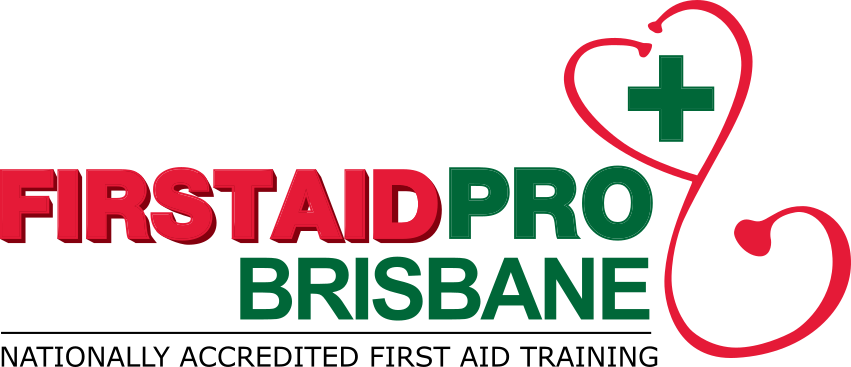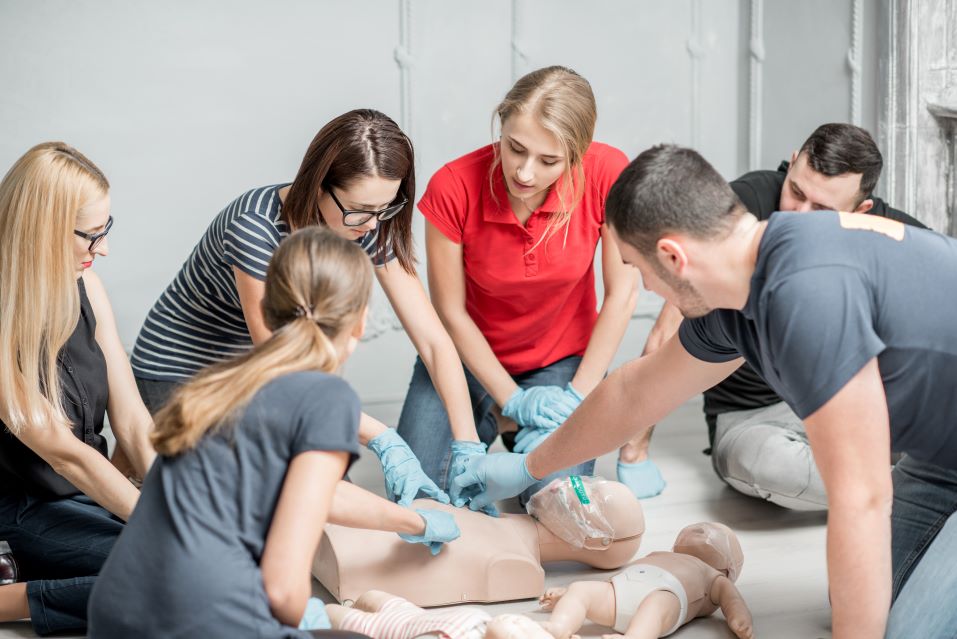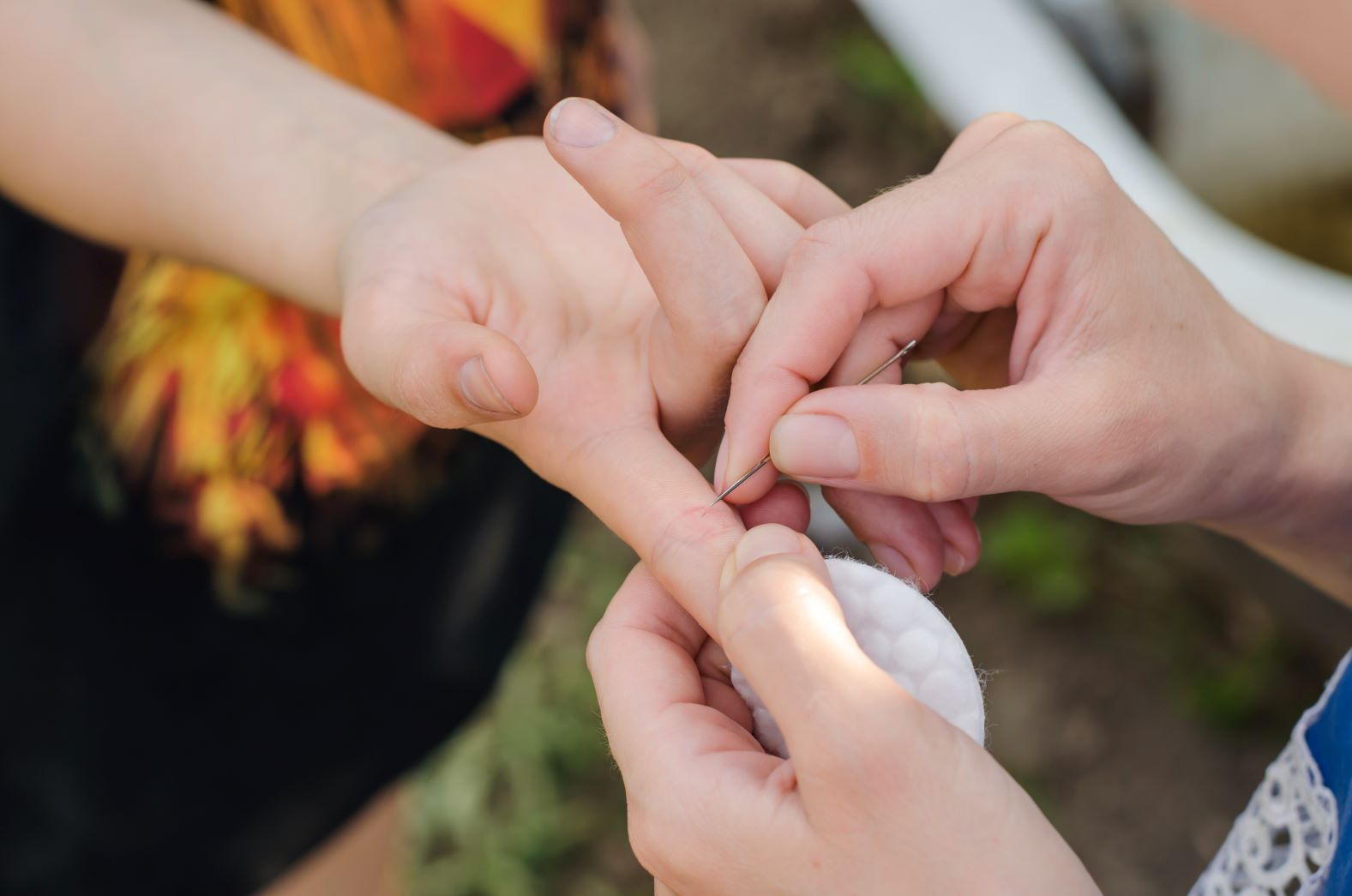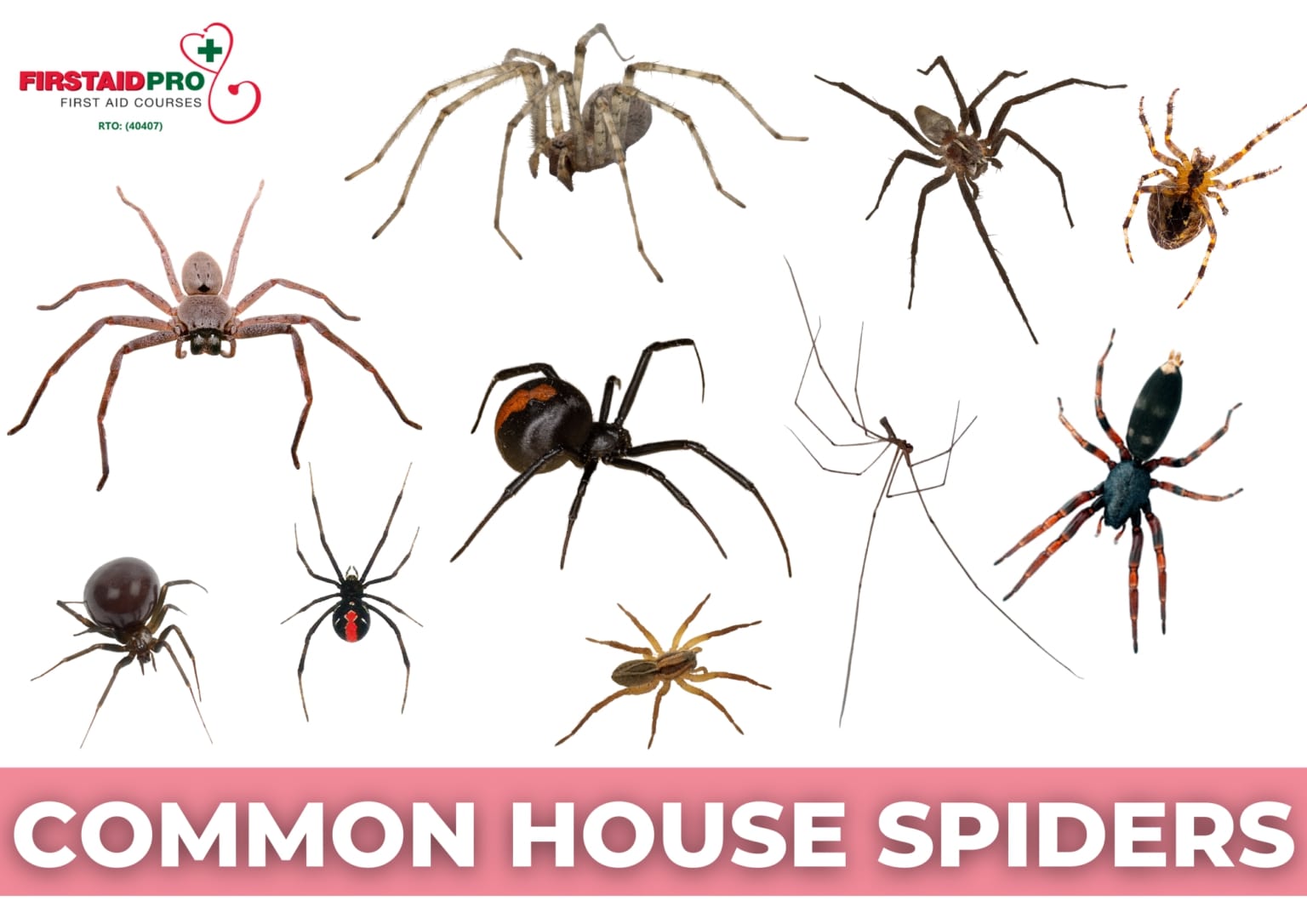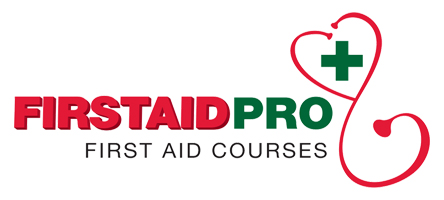There is a common misconception that learning first aid and CPR are only meant for teenagers and adults. Wrong.
According to studies, children as young as nine years old can learn and retain CPR lifesaving skills. Even though the younger ones don’t have the strength to carry out full chest compressions for long periods, they still have their cognitive skills to help.
In this article, we discuss what CPR is and how children can benefit from this technique.
What Is CPR?
Cardiopulmonary resuscitation (CPR) is a first aid technique used in emergencies where a person is not breathing properly or if their heart has stopped.
This technique involves chest compressions and mouth-to-mouth resuscitation (rescue breathes) to restore blood flow and improve oxygen circulation in the body. Doing so will help keep the brain and vital organs alive until emergency help arrives.
Administering CPR in the first few minutes of an emergency is critical as brain damage can occur quickly when oxygen-rich blood cannot get into the brain.
Teaching lifesaving skills to children is one of the most powerful tools for reducing sudden cardiac arrest (SCA) fatalities.
The better trained a population is (regardless of age), the higher chances that a bystander will step in and perform lifesaving interventions to keep the victim alive until further help becomes available.
3 Reasons Why Children Should Learn CPR
When provided with the necessary skills, children and young teenagers can save lives even before reaching adulthood. Here are four reasons why children should be more active in learning CPR.
A Great Confidence Booster
Providing children with short training sessions in CPR can improve their self-confidence. This, in return, will lead to an increased will and ability to recognise and help in cardiac arrest emergencies.
They will consider themselves “able” to perform first aid intervention on a person suffering from a traumatic event. In short, when a child believes and is confident in their own knowledge, they will dare to intervene.
It Helps Save Lives
Kids save lives. We often hear this phrase in stories where young adults use their emergency training and knowledge to make a difference.
There are many instances like these where children save the lives of others through their physical or cognitive skills in doing first aid procedures.
For this reason, the resuscitation council recommends that children learn a range of lifesaving skills they can use at home, in school, and community. In addition to CPR, kids can also learn how to stop a bleed, help a choking victim, and operate an AED (for older children).
It Promotes A Sense Of Safety
Out of many injuries involving children, the highest rate of occurrence is usually at home. A kid who is trained in CPR can help mitigate the situation by knowing the dos and don’ts.
Knowing CPR and first aid basics also promotes awareness, which gives them an overall sense of safety.
Get Trained
Learning first aid and CPR help save lives, and kids should have the opportunity to learn these skills.
There are studies and evidence that children have helped save the lives of adults. And even though the younger ones don’t possess the physical strength to perform full chest compressions, some can recognise what’s happening and how to act accordingly.
First Aid Pro is a great resource for learning CPR and first aid skills for both children and adults. Whether you choose in-person, blended learning, or zoom online, a CPR course can give you the most up-to-date information to prepare you for moments that matter.
Get in touch with one of our friendly staff for inquiries and more information.
